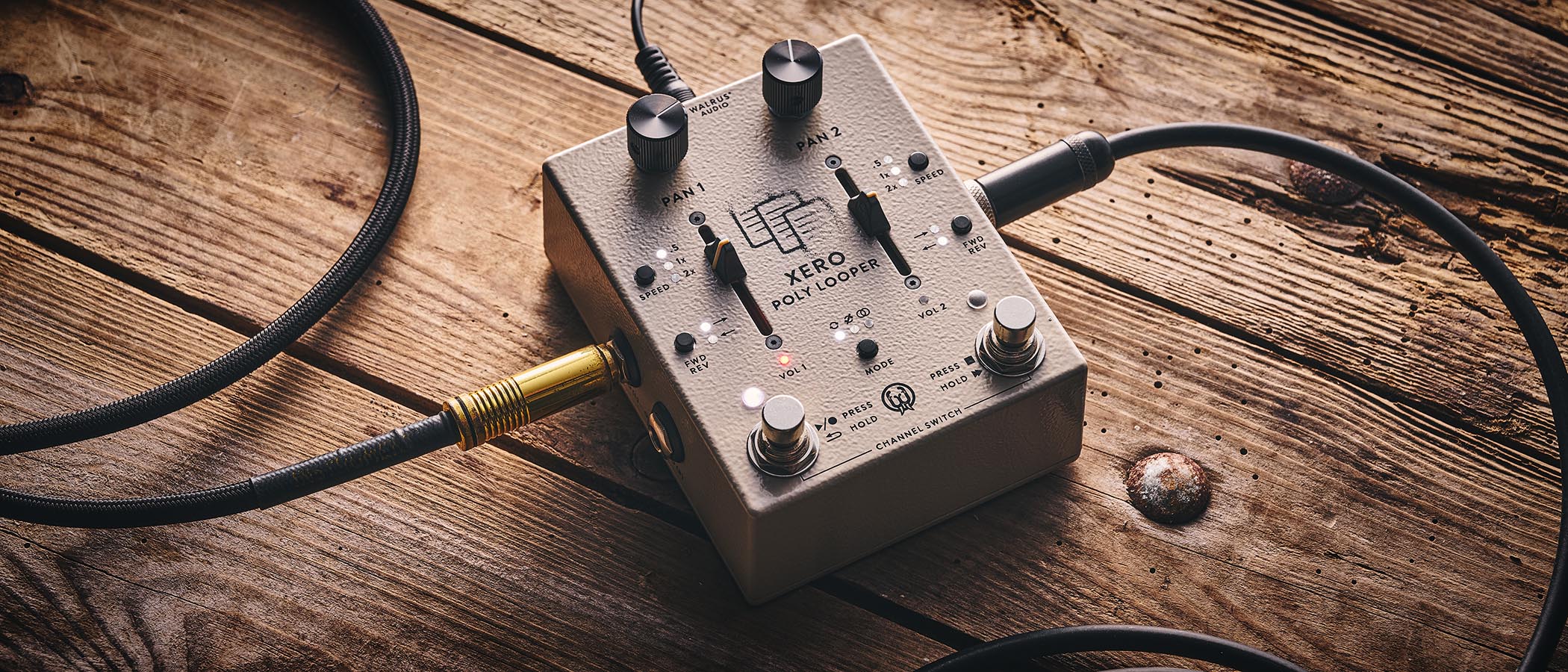“I had 30 days left on my visa or they’re gonna throw me out of the country. I didn’t know they’d already auditioned 24 guitarists”: Scott Gorham recalls his nerve-racking Thin Lizzy audition – and his first impressions of Brian Robertson
Back in 1974, Thin Lizzy were auditioning a second guitarist to accompany their newest recruit: the 18-year-old Les Paul-wielding Brian Robertson

Thin Lizzy's rotating roster of electric guitar players has included big-name players like Eric Bell, John Sykes, and, of course, Gary Moore. However, some of the band's biggest hits – and its signature sound – came by way of the dynamic duo of Scott Gorham (the longest-serving member of the band) and Brian Robertson, who both joined Thin Lizzy in 1974 and helped pioneer what many call the “twin guitar attack”.
Gorham, the enduring spine of the band, has shared stage and studio with a number of players. However, it was his initial partnership with Robertson that provided the Thin Lizzy blueprint.
Back in June 1974, at a London supper club, Thin Lizzy was auditioning for a second guitarist to accompany Scottish Les Paul-wielder Brian Robertson. Gorham, who had moved to England from California in 1973, walked into the audition knowing nothing about Lizzy – except that they’d had a minor hit, Whiskey in the Jar, two years earlier.
“I had 30 days left on my visa or they’re gonna throw me out of the country,” he tells Guitarist. “I was late and the first guy I meet is [frontman] Phil Lynott, who goes, ‘Let me introduce you to the guys.’ So we walk in and Phil goes, ‘Hey, everybody, this is Scott,’ – and Robbo and Brian Downey [drums] just go, ‘Yeah, yeah.’”
The band’s hostility was, perhaps, understandable. “I didn’t know they’d already auditioned 24 guitarists, and here comes number 25,” he explains. “I guess they thought, ‘Well, here’s another one we’re going to reject.’ So they didn’t want to get too friendly.’” From his end, Robertson had no patience to show the ropes to yet another hopeful.
“Robbo showed me the first song really quickly and said, ‘You got that?’” Gorham recalls. “Then we’re off and running and I’m watching Robbo’s hand on the neck, trying to follow every move, barely making the changes in time.
“But I’m realizing, as I’m struggling with these chord patterns, that these guys are really good. And it was probably after the third song, I said to myself, ‘I gotta be in this band.’”
All the latest guitar news, interviews, lessons, reviews, deals and more, direct to your inbox!
Despite being younger than Gorham, Robertson had, according to Gorham, “so much more musical knowledge”. His father had played saxophone in Art Blakey's jazz band, so 'Robbo' was raised surrounded by “scales, tones, all that”.
“He was absolutely more technical than me and our styles were different, but we had to put our egos aside and toe the line,” Gorham reflects. And that was the beginning of a partnership whose legacy permeated the rest of Thin Lizzy's catalog.
For more Scott Gorham, plus new interviews with Bob Mould and LA LOM, pick up issue 525 of Guitarist at Magazines Direct.
Janelle is a staff writer at GuitarWorld.com. After a long stint in classical music, Janelle discovered the joys of playing guitar in dingy venues at the age of 13 and has never looked back. Janelle has written extensively about the intersection of music and technology, and how this is shaping the future of the music industry. She also had the pleasure of interviewing Dream Wife, K.Flay, Yīn Yīn, and Black Honey, among others. When she's not writing, you'll find her creating layers of delicious audio lasagna with her art-rock/psych-punk band ĠENN.
You must confirm your public display name before commenting
Please logout and then login again, you will then be prompted to enter your display name.

